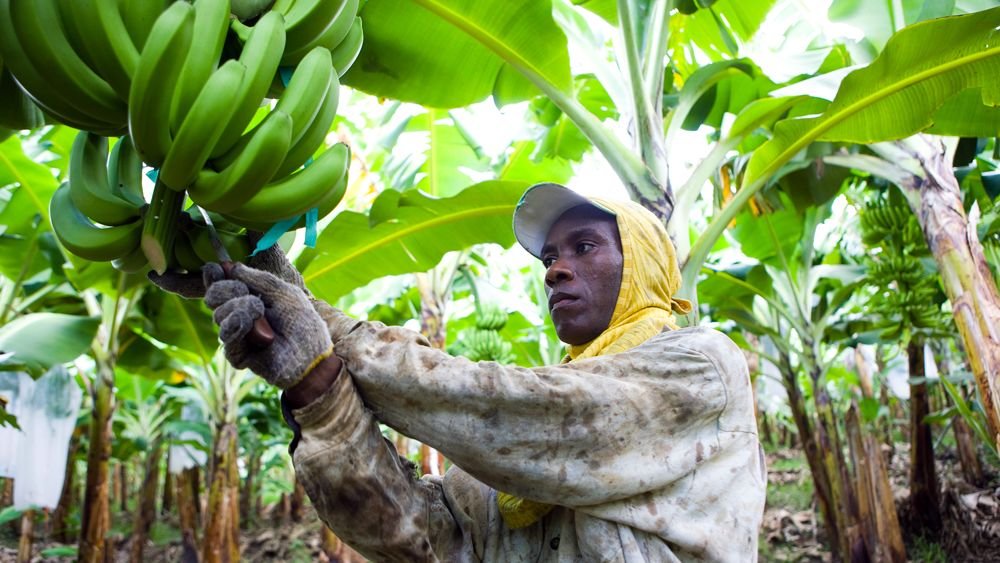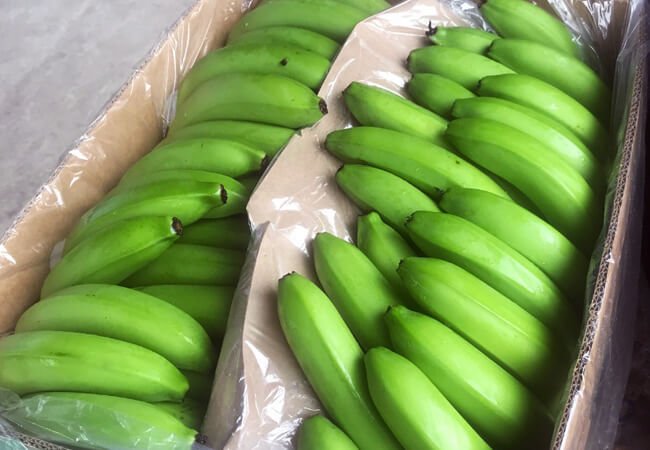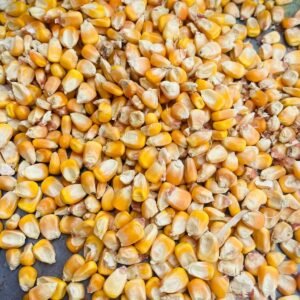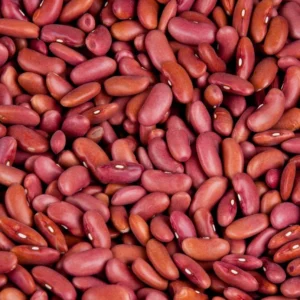The Global Demand for Fresh Bananas
The global demand for fresh bananas continues to grow at an impressive rate. As one of the most widely consumed fruits across the globe, bananas have solidified their place in the daily diet of millions. According to recent statistics, banana consumption worldwide has reached approximately 153 million metric tons annually. Key markets leading this demand include the United States, Europe, and Asia. In the United States alone, bananas are the most consumed fruit, with the average American eating roughly 27 pounds of bananas each year. In Europe, countries like Germany, the United Kingdom, and Spain also show significant consumption rates, while Asian markets, including China and India, have seen a rapid increase in demand due to their large populations and growing middle class.
Several factors contribute to this high demand for fresh bananas. One of the primary reasons is the fruit’s numerous health benefits. Bananas are rich in essential nutrients such as potassium, vitamin C, and dietary fiber, making them a popular choice for health-conscious consumers. Furthermore, bananas are incredibly versatile in cooking, used in everything from smoothies and desserts to savory dishes. Their convenience as a ready-to-eat snack also adds to their popularity, making them a staple in households worldwide.
Consumer preferences are evolving, with noticeable trends towards organic and fair-trade bananas. Organic bananas, grown without synthetic pesticides or fertilizers, appeal to consumers seeking healthier and environmentally sustainable options. Fair-trade bananas, on the other hand, ensure that farmers receive fair wages and work under safe conditions, attracting ethically-minded consumers.
This burgeoning demand for fresh bananas profoundly impacts the global supply chain and banana producers in exporting countries. Countries like Ecuador, the Philippines, and Costa Rica, among the top banana exporters, must continuously adapt to meet international standards and consumer expectations. This demand drives economic growth in these regions but also poses challenges such as the need for sustainable farming practices and fair labor conditions.
Challenges and Opportunities in Banana Exporting
Exporting fresh bananas presents a unique set of logistical challenges, primarily centered around maintaining the fruit’s freshness during transport. Bananas are perishable goods, requiring meticulous handling to ensure they remain in optimal condition from the point of harvest to their final destination. The cold chain logistics system plays a crucial role in this process. This system involves refrigerated storage and transport, maintaining a consistent temperature to slow down the ripening process and extend the bananas’ shelf life. However, any break in the cold chain can result in significant losses due to spoilage.
Another major challenge for banana exporters is navigating the complex web of customs regulations. Different countries have varying standards for imported goods, including phytosanitary requirements to prevent the spread of pests and diseases. Compliance with these regulations necessitates thorough documentation and, often, additional treatments or inspections, which can delay shipments and increase costs. Furthermore, supply chain disruptions, such as those caused by political instability, natural disasters, or global pandemics, can severely impact the timely delivery of fresh bananas, posing yet another significant challenge.
Despite these hurdles, the banana export market offers numerous opportunities for growth. Emerging markets present a particularly promising avenue. As disposable incomes rise in countries across Asia, Africa, and Latin America, the demand for fresh bananas is also increasing. Exporters who can establish reliable supply chains and adapt to local market conditions stand to gain significantly. Additionally, there is a growing global demand for sustainably sourced and ethically produced bananas. Consumers are increasingly concerned with environmental impact and labor practices, prompting a shift towards bananas that are certified organic or Fair Trade.
To capitalize on these opportunities, exporters must invest in advanced technologies and processes, such as improved cold chain logistics and robust tracking systems, to ensure the quality and traceability of their products. Building strong relationships with local partners in emerging markets can also facilitate smoother operations and better market penetration. By addressing the challenges head-on and leveraging the available opportunities, banana exporters can thrive in the competitive global marketplace.







Reviews
There are no reviews yet.